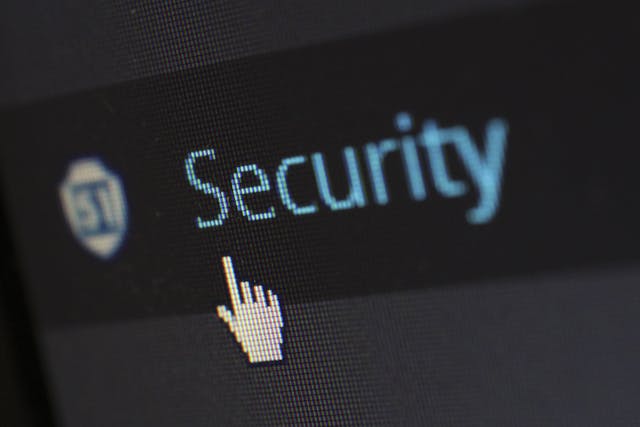Digital Security and Information Hygiene
- Original: 11 Apr. 2025
- Revised: 25 Nov. 2025

Security | Free to use under Pexels/Pixabay, Creative Commons Zero (CC0)
In times of crisis, safeguarding digital information becomes as crucial as securing physical resources. With the rise of cyber threats and misinformation, maintaining digital hygiene ensures the protection of personal data and the integrity of information shared within communities.
Essential Digital Security Practices
- Use Strong, Unique Passwords: Employ complex passwords for different accounts and consider using a reputable password manager.
- Enable Two-Factor Authentication (2FA): Add an extra layer of security to your accounts by enabling 2FA where available.
- Regularly Update Software: Keep operating systems, applications, and antivirus programs up to date to protect against known vulnerabilities.
- Be Cautious with Emails and Links: Avoid clicking on suspicious links or downloading attachments from unknown sources to prevent phishing attacks.
- Secure Your Wi-Fi Network: Use strong encryption methods and change default router passwords to prevent unauthorized access.
Maintaining Information Hygiene
- Verify Information Sources: Cross-check information with reputable sources before sharing to combat misinformation.
- Limit Personal Information Sharing: Be mindful of the personal details you share online, especially on social media platforms.
- Educate Community Members: Promote digital literacy within your community to help others recognize and avoid digital threats.
- Backup Important Data: Regularly back up essential files to secure, offline storage to prevent data loss.
- Use Encrypted Communication Tools: When discussing sensitive information, utilize messaging apps that offer end-to-end encryption.